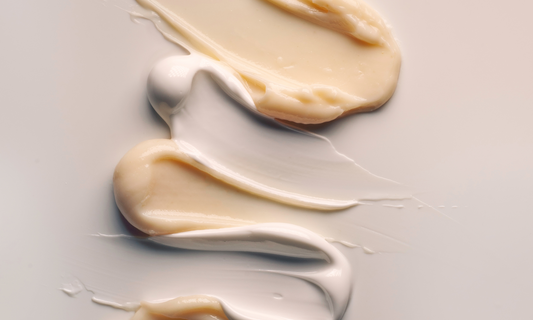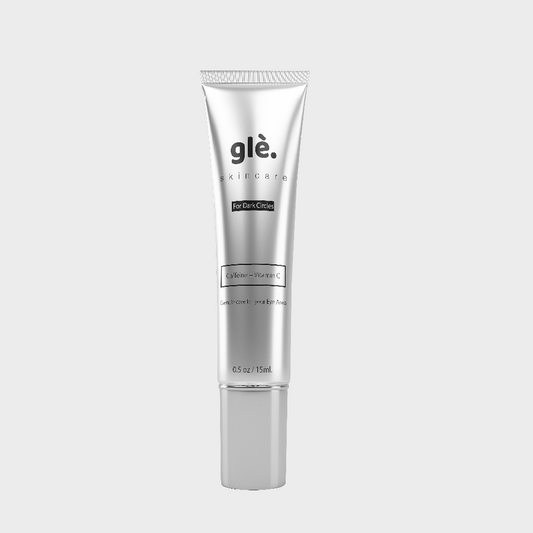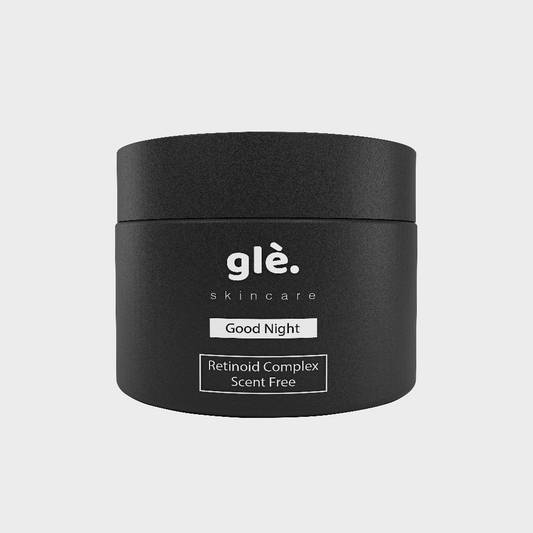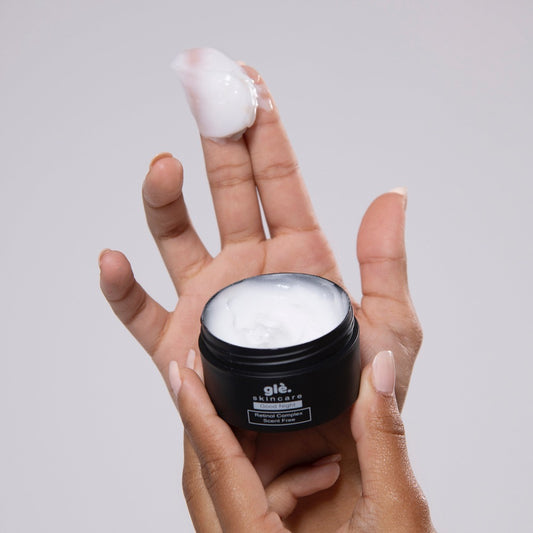Combination skin is one of the trickiest skin types to manage, but also the most common. Combination skin has the characteristics of both dry and oily skin, which can fluctuate seasonally or occur at the same time. What exactly does this skin type look like? You probably deal with shininess, large pores, blackheads/whiteheads, and patches of dryness. Finding the right products can be a constant battle, but here, we’ll break down a step-by-step routine that’s easy to follow.
Use Two Cleansers
You will need a morning cleanser that doesn’t strip the oil from your skin but doesn’t clog pores and cause breakouts. Also, pay attention to whether you struggle more with oily or dry skin, as this will dictate the type of cleanser to buy.
A basic skin routine should always consist of two cleansers: one for the AM, which is gentle and sulfate-free, and one for the PM, which targets your specific skin type.
Experts recommend foaming cleansers, as foam effectively removes oil without damaging the skin.
Toner is a Must
In most skin care routines, toner wouldn’t be included, as it isn’t necessary for everyone. However, if you struggle with combination skin, a toner should be in your routine for combination skin. Toners balance the skin’s pH level, remove oil and debris, and hydrate the skin.
Toners usually get a bad rap because they’re either ineffective or too harsh. For individuals with combination skin, here’s what to look for in a toner:
- pH balance – balance is key with combination skin, so look for a toner that isn’t too alkaline or too acidic.
- AHAs and BHAs – look for toners with a low level of exfoliating acids, which slough off dead skin without dehydrating it.
- Hydrating skin ingredients – toners tend to be drying, so to combat dryness, look for toners with hydrating ingredients, like glycerin, ceramides, hyaluronic acids, squalene, etc.
Always apply toner in the morning and evening.
Exfoliate Twice Weekly
When you have oily skin, you look for scrubs that contain alcohol, which removes and breaks down dirt and prevents breakouts. Although combination skin consists of oily patches, it’s better to look for gentler scrubs that target oiliness in the T-zone, without irritating the skin.
Moisturize Daily
Even if you have oily skin, you should apply moisturizer daily. We recommend a lightweight moisturizer in the morning and a richer moisturizer at night.
Dryer Skin? Use Night Cream
If you lean more towards dry than oily skin, we recommend using a high-quality night cream rather than a rich moisturizer at night. Not only can night creams soothe and hydrate skin while you sleep, but they also stimulate cell turnover, which diminishes the appearance of fine lines and wrinkles.
Face Mask
If you have combination skin, you likely struggle with oiliness in the T-zone (forehead, nose, chin) and dryness everywhere else. A face mask can help eliminate the congested T-zone area by tightening pores. Don’t purchase any mask on the market – find a mask specifically designed for combination skin.
Apply Sunscreen Daily
The last product in your routine for combination skin is the last product in every routine, no matter the skin type.
One of the most important skincare products in any routine is sunscreen. Finding the right sunscreen for combination skin may involve a lot of trial and error. Nevertheless, experts recommend avoiding products that contain ingredients that clog pores and potentially cause acne. This includes butter, such as shea, and oils, like coconut and olive. Trial and error will come in the form of finding a sunscreen that doesn’t contain pore-clogging ingredients, but at the same time, doesn’t irritate and dry out the skin.















